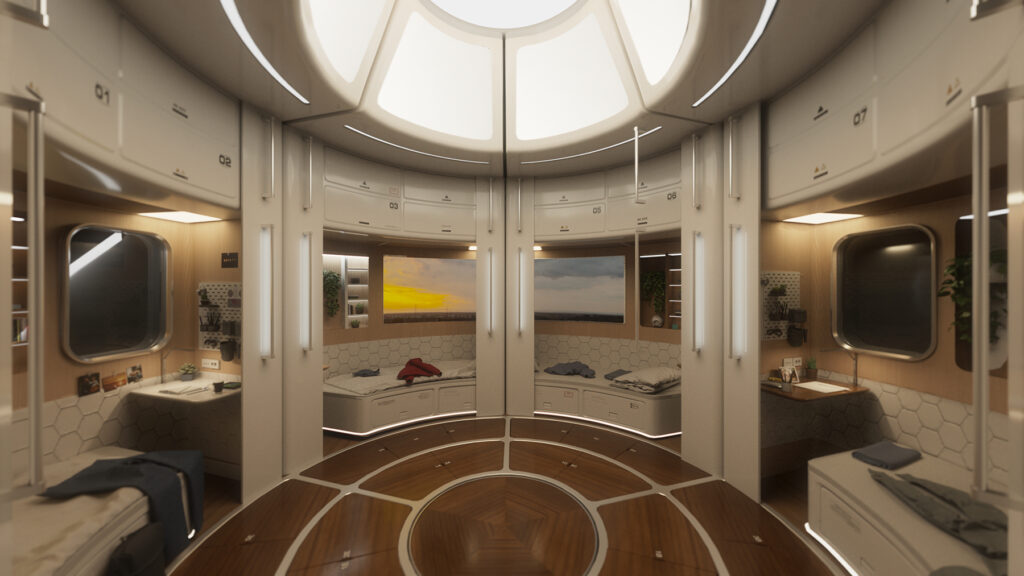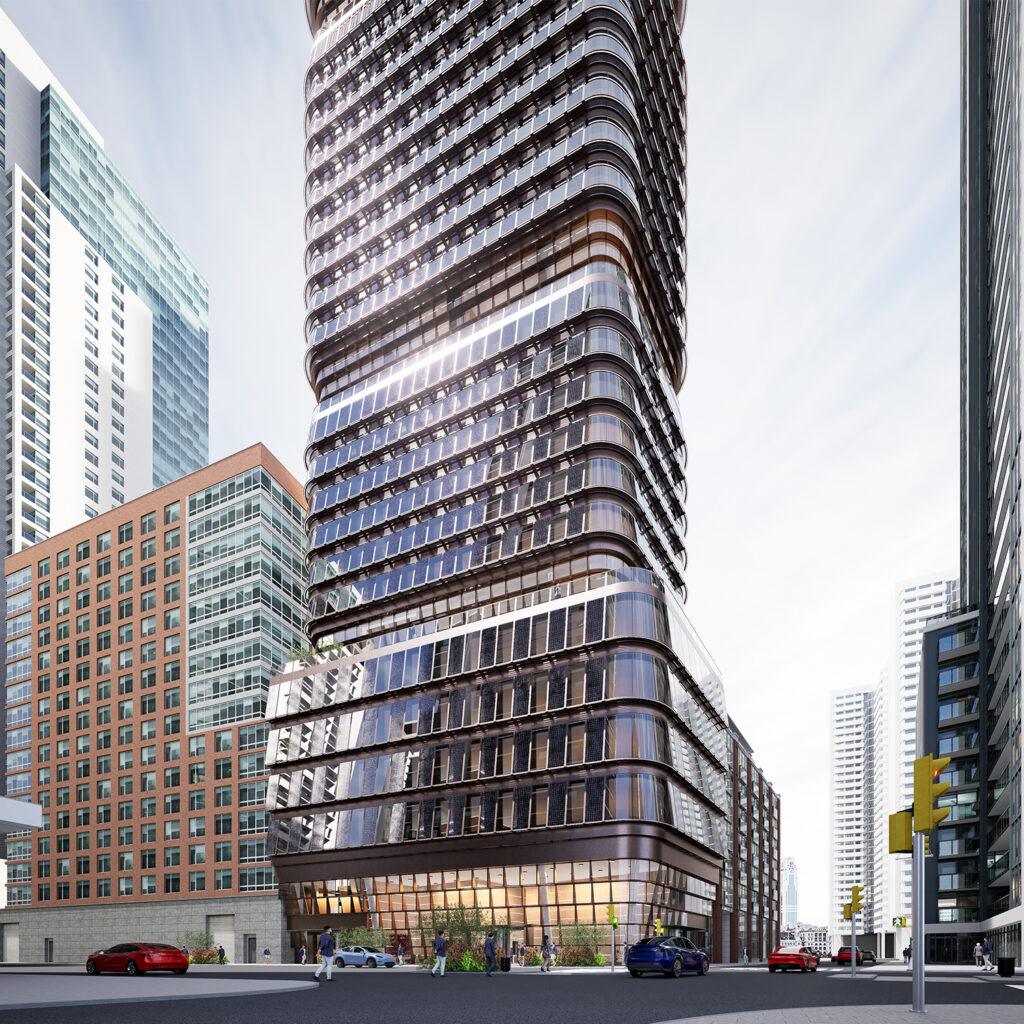As an Architect and Space Architect, I am inspired by the boundless possibilities of space architecture. The ability to design and build structures that can survive and thrive in the harsh conditions of space is an incredible design and engineering challenge that can be solved to make space accessible for future explorers. And as I have come to appreciate, one of the most important tools we have for meeting this challenge is systems engineering which can be traced back to the origins of General Systems Theory (GST).
 Ludwig von Bertalanffy
Ludwig von Bertalanffy
GST was first proposed by the Austrian-American biologist Ludwig von Bertalanffy in the 1940s and 1950s. Bertalanffy was a pioneer in the field of systems science and is considered the founder of GST. He argued that systems theory could provide a unifying framework for understanding the behavior of complex systems across a wide range of disciplines, including biology, physics, psychology, and sociology. He proposed that GST could be used to study the fundamental principles that govern the behavior of all systems, regardless of their specific characteristics.
In his work, Bertalanffy developed the concept of an “open system,” which is a system that can exchange matter, energy, or information with its environment. He also introduced the idea of “systems hierarchy,” which refers to the idea that systems can be organized into levels, from the smallest components to the largest and most complex systems. His ideas on GST have been influential in the development of a wide range of fields, such as systems biology, systems engineering, and management science. His work has also had a significant impact on the field of cybernetics, which is the study of control and communication in living organisms and machines.
In the 1950s and 1960s, the field of systems engineering began to take shape as a distinct discipline, with the creation of systems engineering departments at universities and the development of systems engineering courses. This period also saw the growth of the concept of “systems thinking,” which emphasized the interrelatedness of all aspects of a system and the need to consider the system as a whole.
In the 1970s and 1980s, the field of systems engineering continued to evolve, with the development of new techniques and methodologies for systems analysis and design. The emphasis on systems thinking also led to the development of new approaches to project management and decision-making.
In recent years, systems engineering has become increasingly important as the world becomes more complex and interconnected, and as society faces new challenges such as climate change and cybersecurity. With the rise of new technologies such as artificial intelligence and the Internet of Things, systems engineering has continued to play an increasingly critical role in the design and management of buildings, cities, transportation, computers and even Space Architecture among many other new technologies.
In the context of space architecture, systems engineering takes into account all of the various systems and subsystems that are required to make a space structure functional, such as power, communications, life support, and thermal control. Each of these subsystems must be designed and integrated to work together so that it is possible to achieve the overall objectives of any space architecture.
Space architecture can be almost any system used in concert with other elements of a larger ecosystem to support human space exploration. This includes space vehicles, transportation systems, habitats, power systems, pressurized and non-pressurized rovers, food production modules, space hotels, in-space manufacturing modules and in the future will even include 3d printed habitats. Space architecture can also exist on Earth in many forms. For example, as analog habitats, research facilities, spaceports and new forms of intelligent infrastructure that will shape and transform societies around the world.
One of the key advantages of using systems engineering for space architecture is that it allows for a more holistic approach to design. Instead of focusing on individual subsystems in isolation, systems engineering considers the interactions between different subsystems and how they affect the overall performance of the space architecture concept. This helps to ensure that the final design is both functional and efficient.
Another advantage of systems engineering is that it allows for more efficient use of resources. By considering all of the subsystems as a whole, systems engineering can identify areas where resources can be shared or consolidated, which can help to reduce costs and improve overall performance.
For example, a closed-loop life support system can provide air, water and food for the inhabitants of a space structure, but also can be designed to recycle waste and to use solar energy for the process, in this way it’s not only providing the basic needs for the inhabitants but also reducing the energy consumption and waste production.
During my time working on the Moon Village partnership, I had the opportunity to be a part of a systems engineering process also known as the concurrent design and engineering method at ESTEC. During this session, we were able to work collaboratively with engineers across disciplines with expertise in systems across functions. We looked at each system required to design and optimize an advanced concept for a space habitat. Now, at Blue Origin, I get to participate in various projects across product lines that include habitation, transportation and other systems using the same systems engineering method combined with a process of Architecting and envisioning creative solutions.
One example of systems engineering in space architecture is the design and development of a spacecraft. The process of designing a spacecraft involves a wide range of disciplines, including aerodynamics, propulsion, avionics, materials science, and human factors, among others. A Space Architect must consider all of these different aspects of the spacecraft and how they will interact with one another in order to create a functional, reliable, and safe system.
One of the major challenges in space architecture is the need to design a spacecraft that can withstand the harsh conditions of space. This includes designing a structure that can withstand the extreme temperatures and radiation of space, as well as the forces of launch and reentry. Space Architects work closely with systems engineers and use a variety of analytical tools and techniques to ensure that the spacecraft can withstand these conditions and meet safety requirements.
An important aspect of a spacecraft is its propulsion system. This includes not only the engines themselves but also the fuel and oxidizer systems, as well as the guidance and control systems that are needed to maneuver the spacecraft. The team must consider the performance, reliability, and safety of the propulsion system, as well as how it will interact with other systems on the spacecraft.

For space habitats, pressure vessels are an important component, as they are used to contain atmospheric pressure and support a number of critical elements. Designing pressure vessels for space architecture is a complex task that requires the use of systems engineering principles and methodologies. The first step in designing a pressure vessel for space architecture is to establish the requirements for the vessel. This includes determining the maximum pressure, launch, transfer and delivery loads that the vessel will need to withstand, as well as the temperature and other environmental conditions that the vessel will be exposed to. The designer must also consider the weight and volume constraints of the vessel, as these will affect the launch and operation of the structure.
Once the requirements have been established, the designer can use systems engineering software and methodologies to analyze the performance and safety of the vessel. This includes using finite element analysis to simulate the behavior of the vessel under different loads and conditions, as well as performing thermal and structural analysis to ensure that the vessel can withstand the extreme temperatures and radiation of space.
The designer must also consider the material properties of the vessel, such as its strength, stiffness, and corrosion resistance. They should also consider the manufacturability, cost and other factors that may affect the final design. The designer must also consider the interactions of the pressure vessel with other systems and subsystems, such as the power system, environmental protection, thermal, docking, and other elements.
Once the design of the pressure vessel has been completed, the designer must validate the design through testing and analysis. This may include conducting static and dynamic testing of the vessel, as well as performing simulations and analysis to confirm that the vessel meets all of the requirements and constraints. Above all, the pressure vessel will need to be integrated into a larger assembly which makes up the space architecture and this is part of a much more complex process. The team including space architects, systems engineers, manufacturing engineers, designers and many more experts need to work closely to ensure that the vessel is safe, reliable, and capable of working with many other systems.
In addition to the technical aspects of space architecture, Space Architects must also consider the cost and schedule of the project. This includes developing realistic cost and schedule estimates, as well as identifying and mitigating potential risks that could affect the project’s success.
One of the most important aspects of systems engineering for space architecture is the integration of subsystems. In order for a space structure to be functional, all of the subsystems must be able to work together seamlessly. This requires careful coordination and testing during the design and construction phases, to ensure that all of the subsystems are compatible and can be integrated together effectively.
Testing plays an important role in this, both in simulations and in real conditions, to check if the subsystems are working together and if they are achieving the expected performance, if not, it’s possible to find the errors and make the necessary adjustments.
One of the greatest challenges of space architecture is the harsh and unpredictable conditions of space. Systems engineering can help to mitigate this challenge by taking into account the potential risks and designing subsystems that are able to withstand them. For example, a power system that uses solar energy can be designed to have backup systems in case of a solar storm or a thermal control system that can handle extreme temperatures.
Systems engineering is an essential tool for designing and building functional and efficient space architecture solutions. By considering all of the subsystems as a whole and taking into account the interactions between them, systems engineering allows for a more holistic approach to design. As we continue to push the boundaries of space architecture, systems engineering will play an increasingly important role in the design, engineering, and construction of humanity’s future in space.[/vc_column_text][/vc_column][/vc_row]


